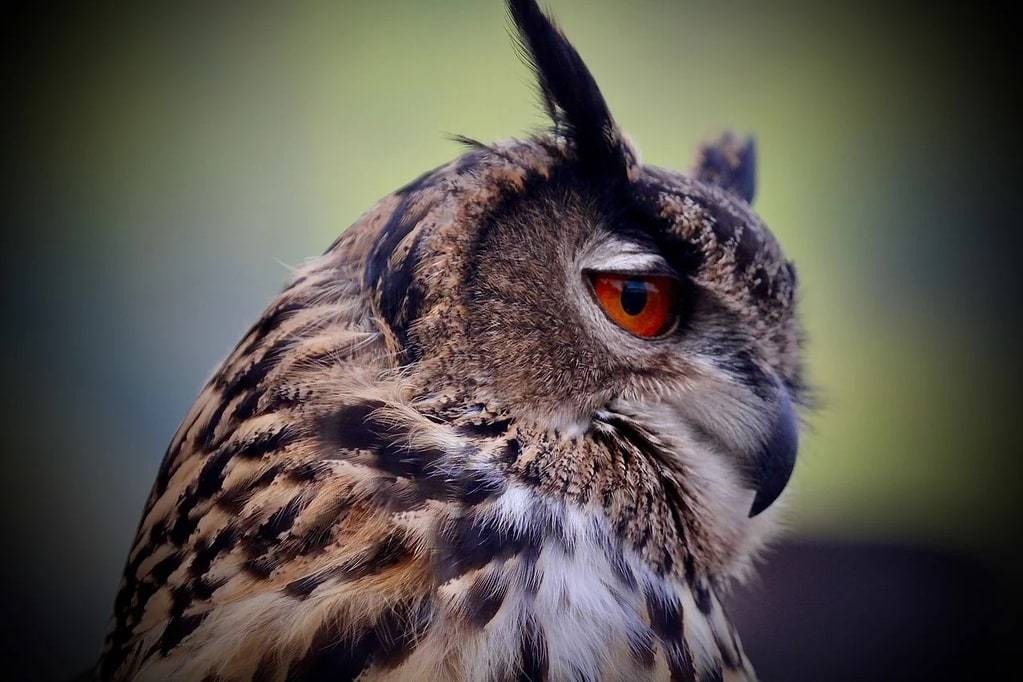Understanding the behavior of nocturnal animals
Understanding the behavior of nocturnal animals is a fascinating topic that delves into the mysterious world of creatures active during the night. These animals have evolved unique adaptations to thrive in darkness, offering a glimpse into the complexities of their lives and the ecosystems they inhabit.
The secret lives of nocturnal animals
Nocturnal animals have developed various behavioral and physiological traits that allow them to navigate and survive in the dark. These adaptations include enhanced senses, such as superior night vision, acute hearing, and heightened smell. For example, many nocturnal mammals possess large eyes with a high number of rod cells, which are sensitive to low light levels. This allows them to see better in the dark compared to diurnal animals.
Another key adaptation is the presence of specialized hearing mechanisms. Bats, for instance, utilize echolocation to navigate and hunt insects in complete darkness. This biological sonar system involves emitting high-pitched sounds and listening to the echoes that bounce back from objects, enabling them to detect prey and avoid obstacles with remarkable precision.
The sense of smell is also critically important for nocturnal animals. Many predators, such as owls and big cats, rely on their olfactory abilities to track down prey. This is particularly useful in dense forests or underground environments where visibility is limited.

Unique feeding habits
Nocturnal animals have developed feeding habits that are as diverse as their environments. Some nocturnal species are opportunistic feeders, taking advantage of the cover of darkness to hunt or forage. This behavior reduces competition with diurnal species and helps them avoid daytime predators. For instance, nocturnal birds like owls are adept hunters, preying on small mammals, insects, and other birds under the veil of night.
Other nocturnal animals have evolved to be specialists in their diets. Bats, for example, can be frugivorous (fruit-eating), insectivorous (insect-eating), or even sanguivorous (blood-eating). Each dietary preference requires specific adaptations, such as the development of strong teeth for fruit bats or specialized enzymes for digesting blood in vampire bats.
Additionally, nocturnal herbivores like some species of rodents and rabbits forage at night to minimize the risk of predation. This behavior allows them to take advantage of the cooler, more humid nighttime conditions, which are beneficial for foraging in certain environments like deserts.
Communication in the dark
Communication is a vital aspect of nocturnal animal behavior. Many nocturnal species rely on vocalizations to communicate. This can include mating calls, territorial signals, or social interactions. Frogs and toads, for example, are known for their nighttime choruses, which are primarily used to attract mates and establish territory.
Chemical communication is also prevalent among nocturnal animals. Pheromones play a significant role in the social structures of many nocturnal insects, such as moths and ants. These chemical signals help individuals find mates, mark trails, or signal alarm.
Visual signals, although less common, are used by some nocturnal animals. Fireflies are a prime example, using bioluminescence to attract mates through intricate light displays. This form of communication is highly effective in the absence of daylight and showcases the incredible diversity of nocturnal adaptations.
Environmental interactions
Nocturnal animals interact with their environments in unique ways. These interactions often involve niche partitioning, where different species exploit different resources or habitats to reduce competition. This can be seen in the diverse array of nocturnal mammals, reptiles, and insects that coexist in various ecosystems.
The presence of nocturnal predators significantly influences the behavior and distribution of prey species. Many prey animals have developed adaptations such as heightened vigilance, camouflaging abilities, and nocturnal foraging to evade predators. This predator-prey dynamic is a crucial component of ecological balance in many habitats.
Furthermore, nocturnal animals play essential roles in pollination and seed dispersal. Bats, for instance, are key pollinators for many tropical plants. Their nighttime activities help maintain the health and diversity of ecosystems by facilitating the reproduction of various plant species.
Human impact and conservation
The behavior of nocturnal animals is increasingly influenced by human activities. Light pollution, in particular, poses a significant threat to nocturnal wildlife. Artificial lighting can disrupt natural behaviors, such as foraging, mating, and navigation. For example, sea turtles are known to be disoriented by bright coastal lights, leading to decreased hatchling survival rates.
Habitat destruction and climate change also impact nocturnal animals. Deforestation, urbanization, and changing weather patterns alter the availability of resources and suitable habitats. This can lead to population declines and shifts in the distribution of nocturnal species.
To mitigate these impacts, various conservation strategies are being implemented. Efforts to reduce light pollution, protect critical habitats, and promote sustainable land use practices are essential. Conservation programs often focus on raising public awareness about the importance of nocturnal animals and their contributions to biodiversity.
In summary, nocturnal animals exhibit a range of fascinating behaviors and adaptations that allow them to thrive in darkness. Their interactions with the environment and each other are complex and vital to the ecosystems they inhabit. Understanding these behaviors is crucial for their conservation and the preservation of the natural world.
